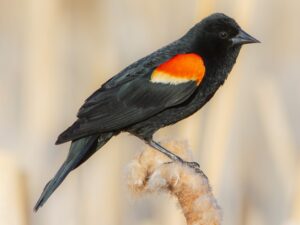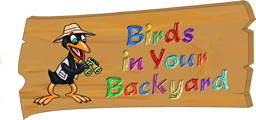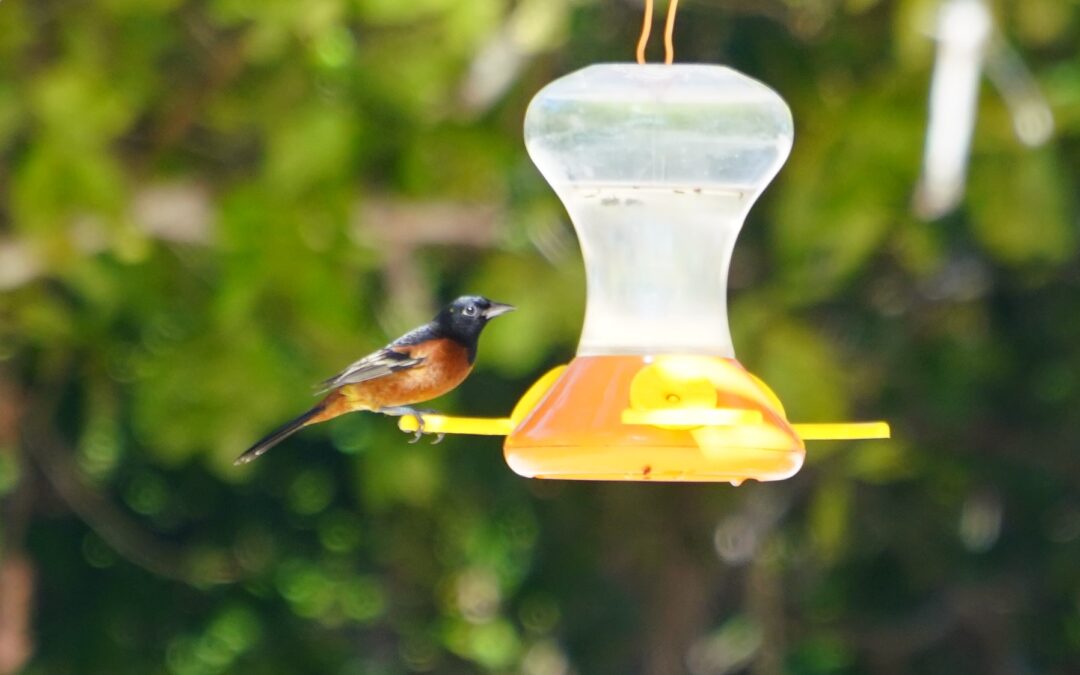Hi everyone! It’s blog time again! I have been spending a lot of time outside enjoying the warm weather and pretty spring flowers. Nothing makes me happier than walking the trails and hearing all of the happy birds singing in the trees. I have been continuing to develop my listening skills in order to determine which bird is singing each song I hear. It is so satisfying to make a correct identification! During this practice I have noticed that it takes a lot of time to train my ears and so I thought I would share my process for you all so that you can try too!

The first thing I’ve learned is that habitat is important. Knowing the types of places different birds like to live can help narrow down which species you are likely to be hearing. There are only five or six types of birds that live right in my backyard. By sitting outside and getting used to their chatter I have been able to quickly identify new sounds when on the trails. It’s a really cool feeling to hear a bird sound that is unfamiliar. The other day I heard a sound unlike any of the chickadees, robins, cardinals, grackles, starlings and house sparrows that are usually in my backyard. I closed my eyes and tried to determine the direction that the sound was coming from. I could hear it more to my right side, so I opened my eyes and tried to look into the trees for the source of the sound to my right. I scanned the trees up and down observing any quick movement in the branches. To my surprise I saw an American Goldfinch! I watched it fly quickly to another tree nearby and make its call again. This confirmed that the bird I saw had made the sound I heard. Pretty cool eh? Now that I know what a Goldfinch sounds like I try to listen for it specifically when I am in its natural habitat. American Goldfinches like places with lots of weeds. They can be seen in meadows and in trees near those open spaces. They like to eat seeds like the ones found on dandelions and thistles. They are easy birds to identify as beginners because of their distinctive sounds and bright yellow, black and white feathers. You could attract them to your backyard by letting thistles and dandelions go to seed, or by providing Nyjer seed in your backyard feeder. When buying the seed, you’ll probably notice there’s a Goldfinch right on the bag.
courtesy of ebird
The second bird that I have been training my ears to identify is the Red-Winged Blackbird. These birds are not found in my backyard directly, but they are plentiful in my “big backyard” that includes the trails and natural areas I frequent. They are always near sources of water or on the sides of highways where you can see cattail plants and rushes. They have a loud, clear, happy call that they sing all the time. The male Red-winged Blackbird’s conk-la-ree! is a classic sound heard across the North America. I like to watch them be playful in the cattails and see them sway on a piece of grass that looks too tiny to hold their weight. If you’re near wetlands, why not try and learn the song of the Red-Winged Blackbird?
My last tip is to start small; trying to remember every song for every bird is too hard to do all at once. It is a process that builds and builds with time, so be patient and don’t worry if you can only identify one bird for now! That’s how I started, and I am only adding one or two bird songs at a time until I feel confident. I hope you go out and listen to some beautiful bird songs as all the spring-nesters sing to impress their potential mates. Until next time, happy birding!


Recent Comments